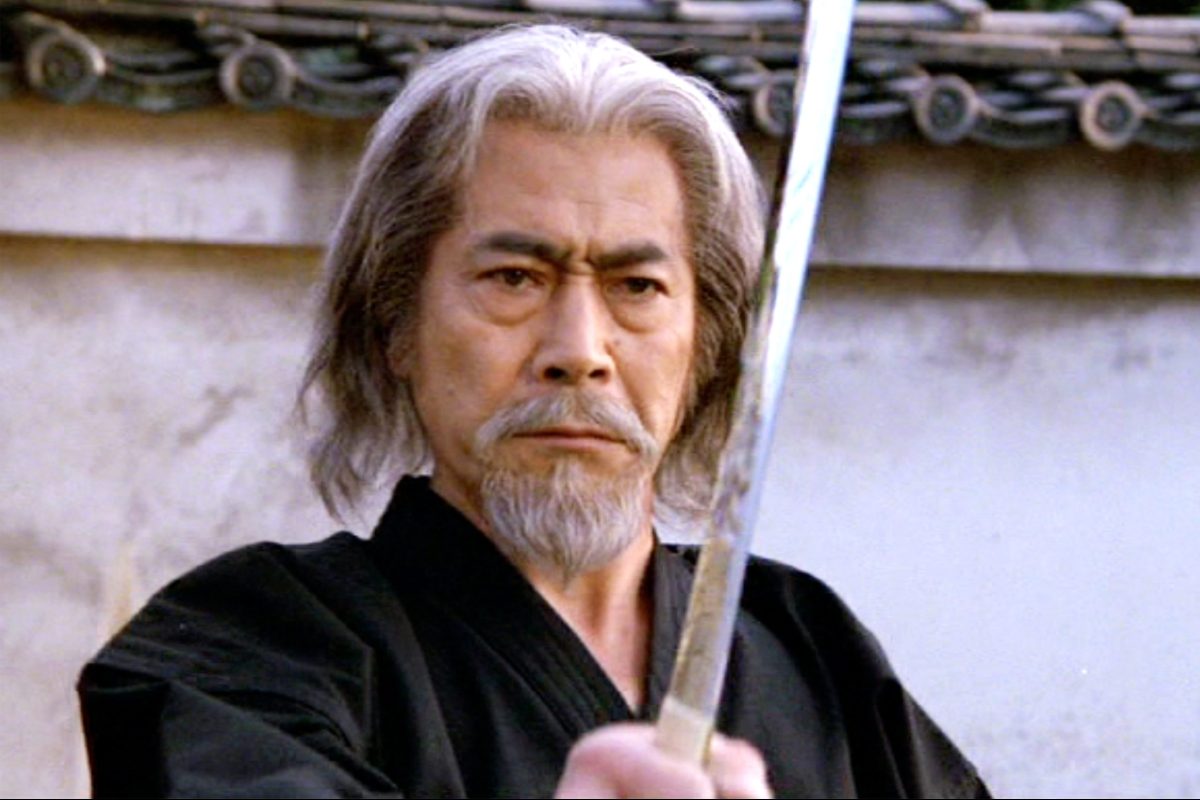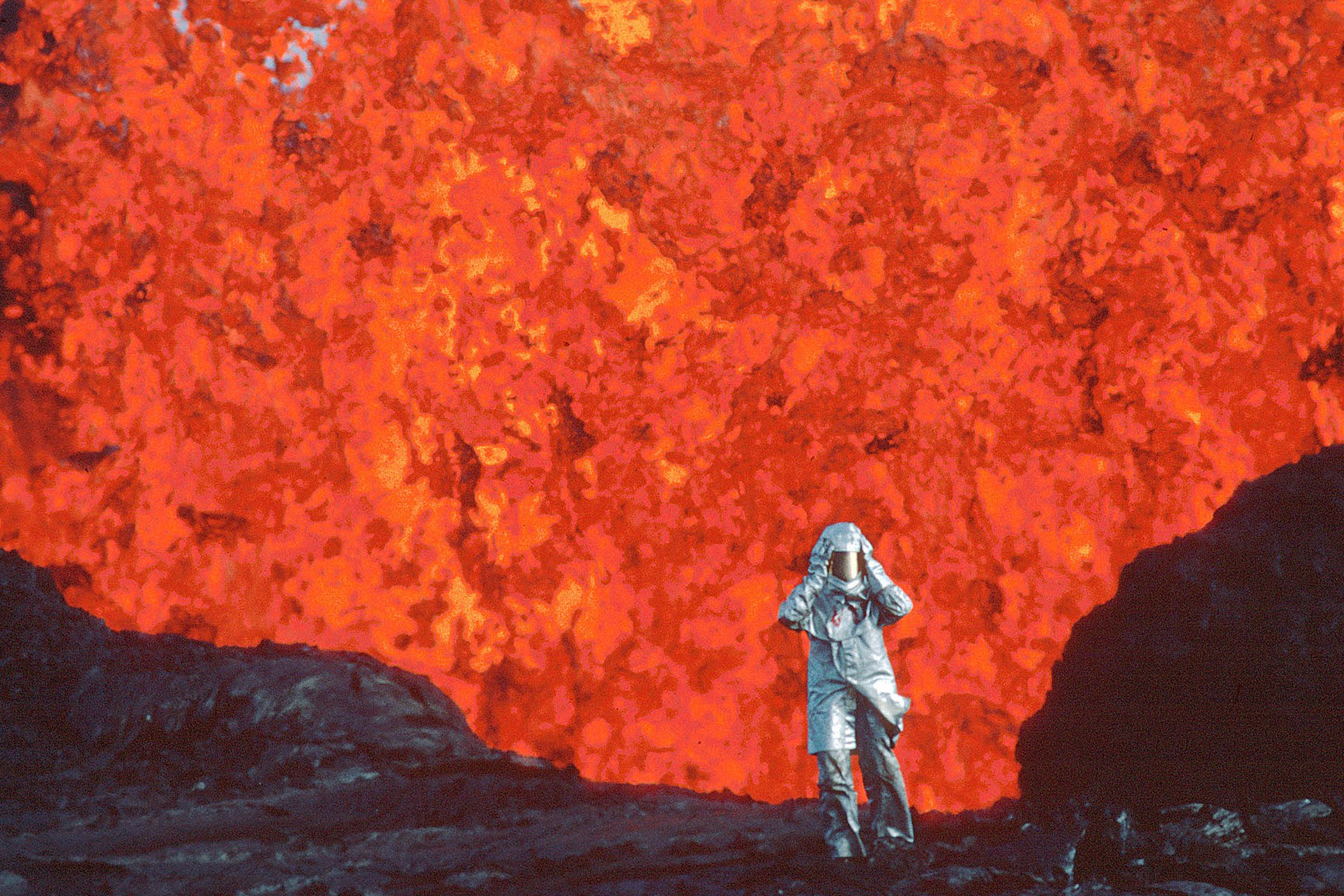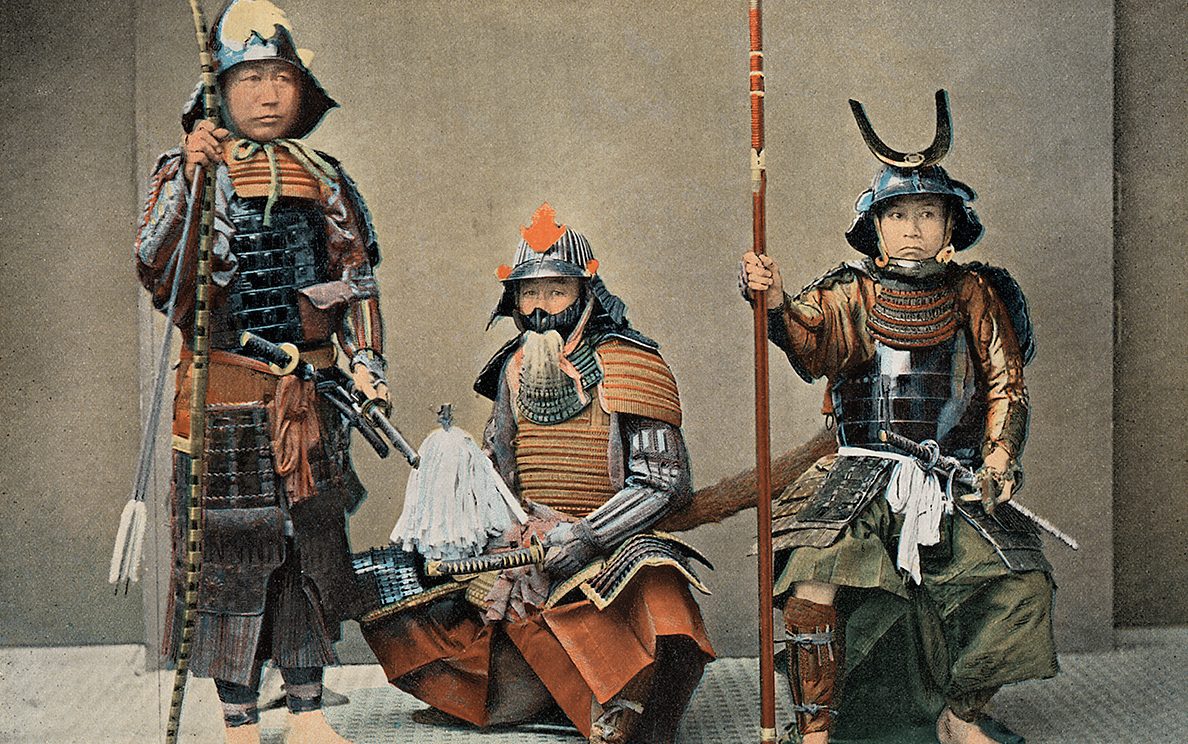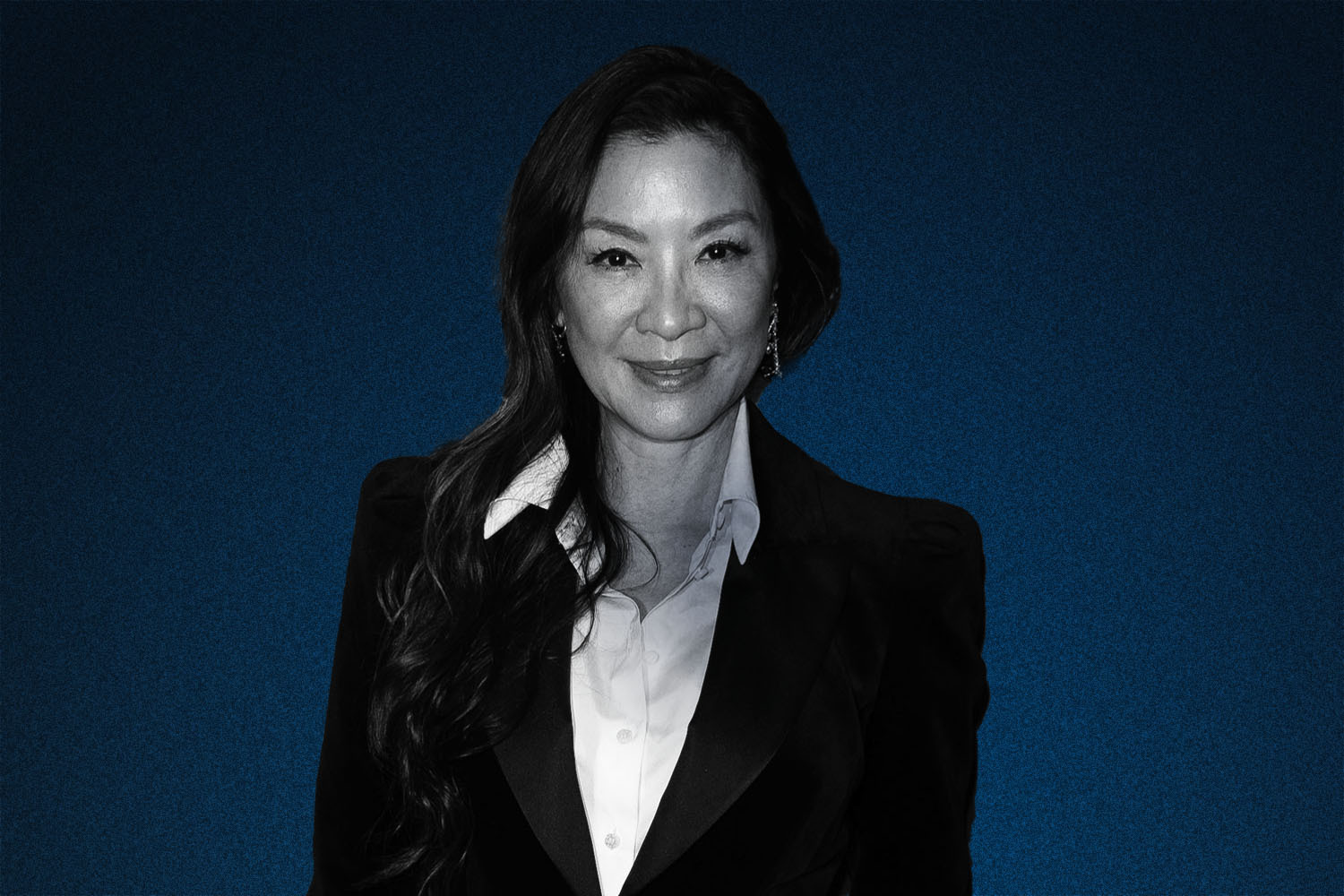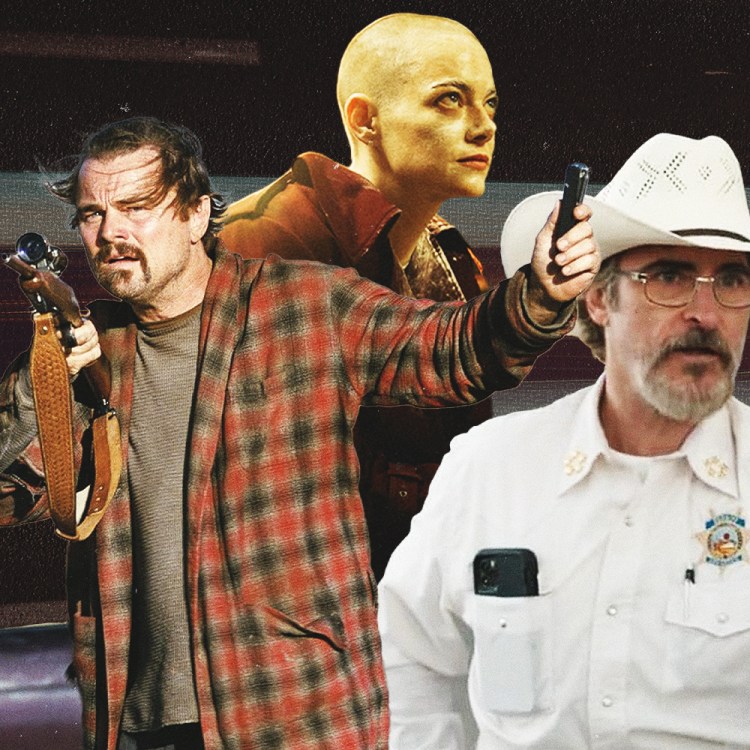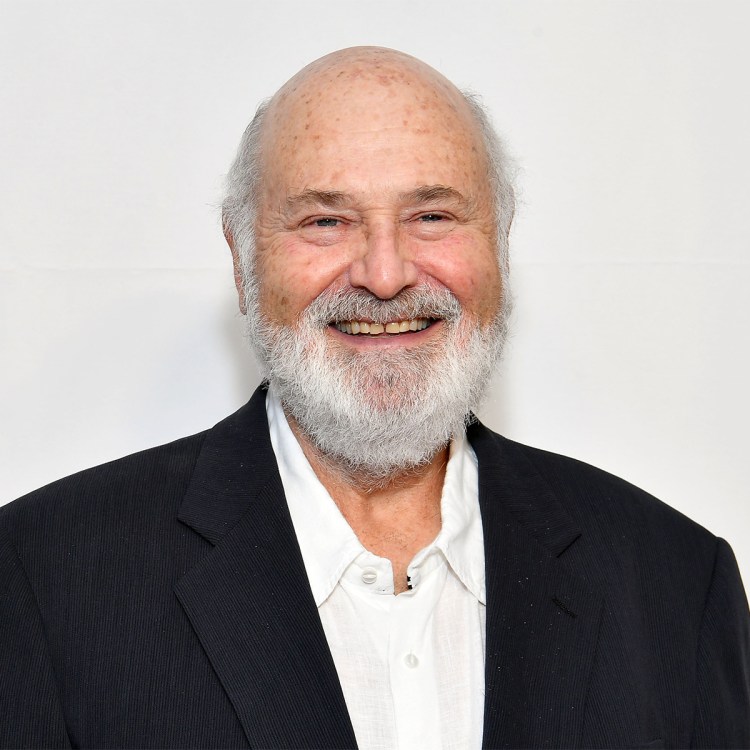A century after his birth and decades past his death, Japanese screen legend Toshiro Mifune continues to captivate audiences. In 2015, Steven Okazaki’s biographical documentary Mifune: The Last Samurai (featuring narration by Keanu Reeves) was released to great acclaim. This past spring, New York City’s Film Forum ran the massive retrospective Mifune, featuring 33 films from the actor’s career, including all 16 of his collaborations with the equally illustrious director Akira Kurosawa. The series was so successful that the theater brought it back for an encore this July. Mifune’s influence on cinematic ideals of masculinity cannot be understated — look at nearly any action hero, from any corner of the globe, and odds are good that his poise and vibe can be traced back to Mifune, often through several intervening generations of stars.
For the most obvious but highly telling example, look no further than Clint Eastwood, who through multiple iconic personae embodies different variations on America’s peak movie male performance. And nearly all of those characters root back to his role as the Man with No Name in Sergio Leone’s Dollars trilogy, whose first installment, A Fistful of Dollars, was an unofficial remake of Kurosawa’s Mifune-starring Yojimbo. (The two films were so close in plot that Japanese studio Toho successfully sued for copyright infringement. Kurosawa memorably told Leone in a letter that Dollars was “a very fine film, but it is my film.”) The starting points in both versions of the story are the same: An unnamed outsider in a small town cannily manipulates the conflict between feuding gangs to take out them both, saying little but kicking ass with wry humor. But there’s a notable contrast between the posture struck by Eastwood in that movie and his many derivatives across pop culture and that of Mifune’s wandering masterless samurai.
Through much of Yojimbo, Mifune acts like he’s the only one in on a tremendous joke. When the two gangs meet for a street fight early in the film, he ascends to a perch atop a watchtower to guffaw at their foolishness. One synopsis calling him a “crafty ronin” has not left my head in years — “crafty ronin” is such a pleasing phrase. Surrounded by idiots and louts, Mifune’s effortless swagger stands out even more. Confronted by several henchmen at once who boast about their crimes and the bounties on their heads, he coolly mocks them before cutting them down with ease. (You probably recognize the scene from its close recreation in the cantina in Star Wars, down to a shot of a dismembered arm on the ground.) Eastwood’s interpretation of the character leans much more into the taciturn; where Mifune is loose in his confidence, he set his jaw at a rigid edge that he’s seldom eased over the next 50-plus years. The Man with No Name still seems amused by the violence around him, but there’s a glint of greater viciousness in his eye.
Mifune’s indelible cool is one facet of the astonishing control he had over his physicality — a quality consistent through his decades-long career and over 150 roles. There are many, many, many samurai and other swordsmen among those roles, to the point that he became one of the emblems of the character type. Within such performances, though, he exhibited tremendous range. In Hiroshi Inagaki’s Samurai trilogy he played the historical Japanese folk hero Miyamoto Musashi, whose name is synonymous with the idea of the philosophical warrior. In Kurosawa’s jidaigeki adaptation of Shakespeare’s Macbeth, Throne of Blood, he is a respected general whose sanity and composure crumble alongside his honor amidst a string of betrayals he undertakes for the sake of power. One of the most vivid and wince-inducing endings in film history sees him perforated with multiple arrows, including one through the neck, which he sells through a full-body dance of agony and futile rage as fate inevitably closes in on him.
In two of his most canonical period film partnerships with Kurosawa, Rashomon and Seven Samurai, Mifune is markedly not a samurai. In the former he’s a bandit who, in all the different accounts of the events of the story, dishonors and humiliates a samurai. He’s a rapist embodiment of chaos in a film that queasily questions human integrity. He plays a much more noble variation on the character in Seven Samurai, the braying hothead Kikuchiyo, who it transpires is not a samurai but a peasant violating class strictures by posing as one. It’s from this position that, despite being an uncouth drunk, he can critique the hypocrisy of his “betters,” calling out the underlying cycle of violence in feudal Japan that’s driven by the whims of the warrior caste. In that way, he’s not so different from the character he’d later play in Yojimbo, as a cocksure and mocking outsider, though here he’s much less composed. (I keep reading that Mifune studied the behavior of lions to prepare for these roles, but can’t find a reliable source supporting the claim, which is a shame, since it is both cool and makes sense.) He evinced a similar wild nature as a yakuza dying of consumption in Drunken Angel (his first collaboration with Kurosawa) and an elderly businessman succumbing to nuclear war paranoia in I Live in Fear (a role he tackled in his mid-30s, in another showcase for his physical control.)
Kikuchiyo’s criticism of the samurai illusion of nobility echoes in further dissections of society in more of his films, especially those made with Kurosawa. He could play any kind of man, and his wiser and more sensitive portrayals of masculinity often go with the films which try to imagine ways people could be better to and for each other. Perhaps the apex of this is his final movie with Kurosawa, Red Beard, one of the greatest ruminations on what it means to be a good person. As the title character, a brusque but skilled village doctor instructing a younger, headstrong student, Mifune exemplifies compassion tempered by world-weariness.
One of Mifune’s final performances came in the 1995 American film Picture Bride, set within the Japanese immigrant community of Hawaii in the early 20th century. It’s a small but poignant part, as he plays an elderly benshi — a live narrator who would accompany silent films in the early Japanese moviegoing tradition. It’s a direct nod to Mifune’s stature within cinema, and a testament to his enduring appeal to audiences. That singular presence has kept him a vital icon of the screen even through to today.
This article appeared in an InsideHook newsletter. Sign up for free to get more on travel, wellness, style, drinking, and culture.
